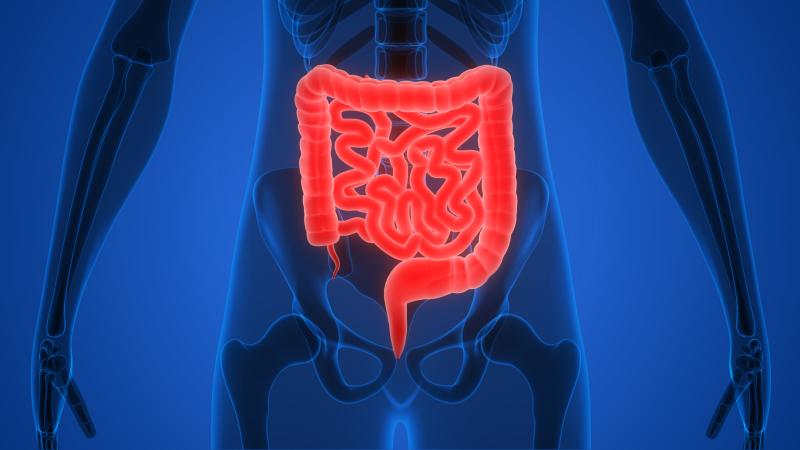
Diversion of nutrients from the proximal to the distal small intestine may mitigate postprandial hypotension in patients with type 2 diabetes mellitus (T2DM), suggest the results of a recent study.
Cardiovascular responses to proximal and distal small intestinal glucose infusion in healthy and T2DM participants were evaluated at a single centre in Australia. Ten healthy individuals and 10 T2DM patients were enrolled in this double-blind, randomized, crossover study.
The investigators examined volunteers on two occasions, when a transnasal catheter was positioned with infusion ports opening 13 cm and 190 cm beyond the pylorus. A 30-g bolus of glucose was infused into either site and 0.9% saline into the alternate site over 60 min. Then, they measured the blood pressure (BP), heart rate, and superior mesenteric artery (SMA) blood flow.
Systolic BP remained unchanged following both infusions in healthy participants, but it decreased in those with T2DM, with a greater reduction after proximal vs distal infusion (pall≤0.01). The increase in heart rate did not differ between treatment in the healthy cohort, but it was greater after distal compared with proximal infusion in the T2DM group (p=0.01).
In addition, the increases in SMA blood flow were initially greater, but less sustained, with proximal compared with distal infusion in healthy individuals (p<0.001), but this pattern was less evident in those with T2DM.
“Exposure of the small intestine to nutrients frequently leads to marked reductions in BP in T2DM,” the investigators explained.